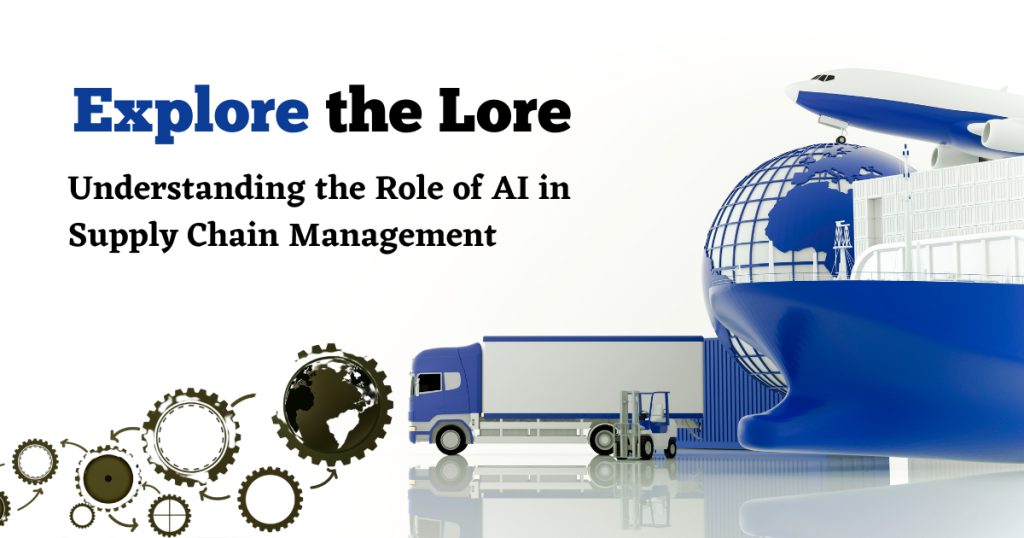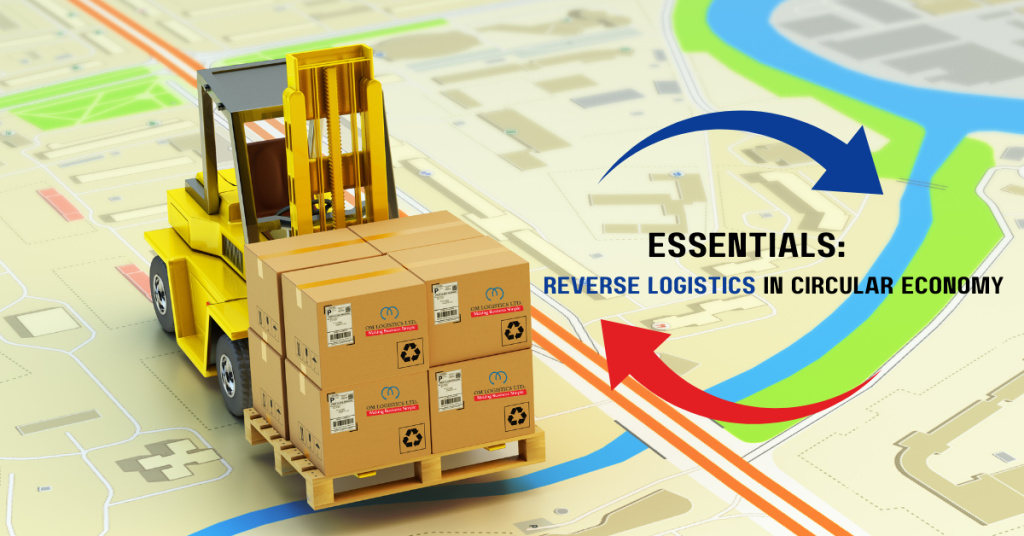Importance of Artificial Intelligence in supply chain management
The importance of Artificial Intelligence in supply chain management lies in its ability as it helps to automate tasks, analyze vast amounts of data for its further processing, provide intelligent solutions. It also plays crucial role in transforming and enhancing supply chain management practices. It offers various advantages and opportunities to improve operational efficiency, optimize […]
Importance of Artificial Intelligence in supply chain management Read More »


